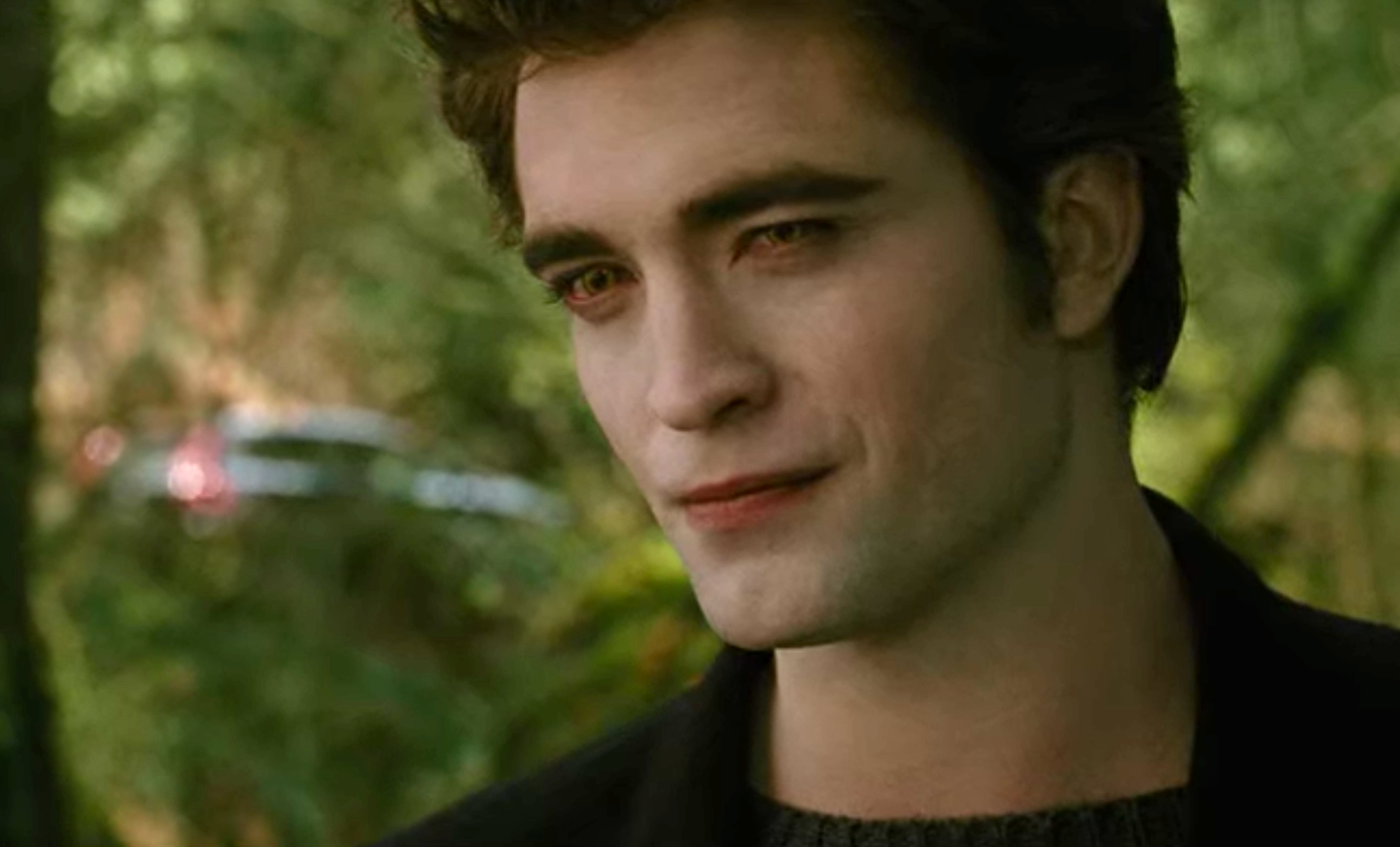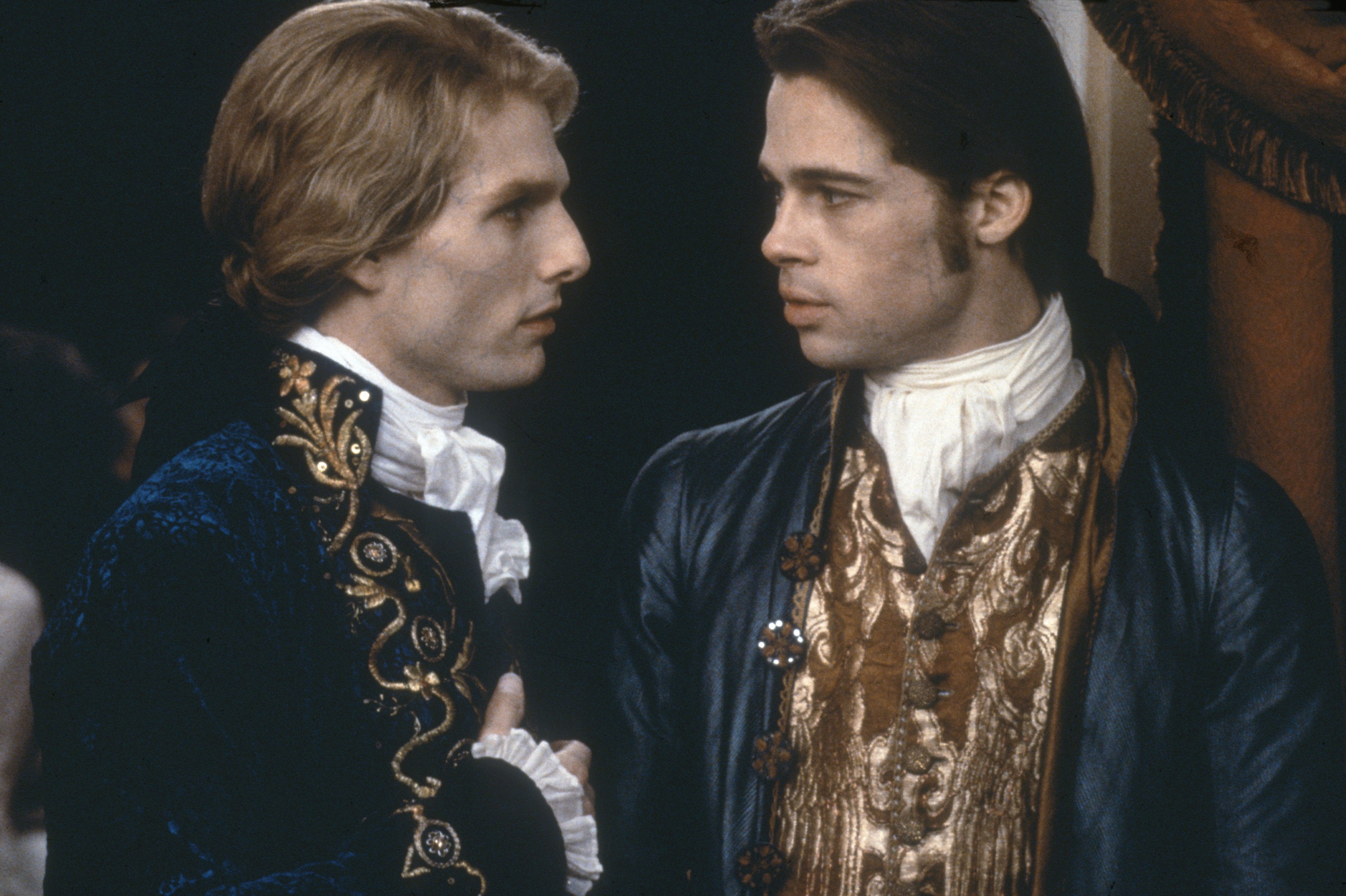Fangs, lust and coffins: 100 years of vampires on screen
‘Nosferatu’ was the perfect prototype for all the other vampire films that followed its 1921 release, says Geoffrey Macnab

In the summer of 1921, the German filmmaker FW Murnau began shooting his film Nosferatu on location in northern Germany and at Jofa Film Studios in Berlin. This was the first important vampire movie in cinema history and it was entirely fitting that it was a rip-off. Author Bram Stoker’s estate had refused Murnau permission to make a film adaptation of his 1897 novel Dracula. The director and his screenwriter Henrik Galeen dealt with the inconvenience by calling the main character Count Orlok rather than Count Dracula and renaming all the other main characters too. Even so, the production company Prana Film, which was soon to go bankrupt anyway, was sued by Stoker’s widow.
Nosferatu was the perfect prototype for all the other vampire films that have followed it in such profusion over the last 100 years. To its detractors, Stoker’s widow among them, it was a scandalous affair: an exercise in tacky plagiarism. To its admirers, it still ranks among the greatest horror movies of all time.
“It was as if a chilly draught from doomsday had passed through Nosferatu,” the Hungarian critic Béla Balázs wrote in the 1920s of the disturbing effect the film had on viewers. You can still feel that draught today. If anything, the film seems even icier and more disturbing because it is so old. The sight in grainy black and white film of Max Schreck’s cadaverous-faced, hollow-eyed, rodent-toothed, pointy-eared vampire, lurching up from his coffin, still makes viewers shudder. Count Orlok is designed to be as repulsive as possible. His fingers are like talons. Rats and flies follow him wherever he goes. Schreck’s surname translated from German to English means “fright”. He was so convincing in the role that the absurd rumour was put about that he was a vampire for real. This idea was behind the Nic Cage-produced 2000 movie Shadow of the Vampire, for which Willem Dafoe was nominated for an Oscar for playing Schreck. He represented death and decay but also exercised a strange erotic fascination on both women and men in contact with him.

Count Orlok was no sooner back in his coffin than a transformation came over big-screen vampires. They were humanised, presented as “agonised, sad and lonely” creatures, as director Werner Herzog put it when he made his own version of Nosferatu (1979). They were “desperately thirsty for love, but terrifying at the same time”. Being undead was a curse but added to their allure. They could carry on loving over centuries. Vampires became more and more romanticised.
Bela Lugosi first played the vampire in 1931’s Dracula. “I am Dracula. I bid you… welcome!” he says to his visitors. With his hair slicked back, his extravagant hospitality, and his ornate way of speaking, he looked and sounded like a very sinister head waiter in an upmarket Hungarian restaurant. He was, though, far less repellent than Schreck’s Count Orlok had been, a point underlined a few years later when he shared the screen with comedians, Bud Abbott and Lou Costello in the comedy horror film Abbott and Costello Meet Frankenstein (1948).
Filmgoers have always tried to deal with the fear and revulsion they feel during the scariest horror films through the escape valve of laughter. In the case of Lugosi, Universal pushed the process one step further by turning Lugosi, originally so very creepy on screen, into a figure of fun.

Tall, Dark and Gruesome was the ironic title actor Christopher Lee gave to his autobiography. As Dracula in Hammer’s series of films about the character, the handsome British star played the vampire as if he was an aristocratic Victorian roué. Lee paved the way for all the dashing romantic figures who’ve followed him from Frank Langella and Cleas Bang in film and TV adaptations of Dracula to Robert Pattinson in the Twilight movies, Tom Cruise and Brad Pitt in Interview with the Vampire (1994), and Gary Oldman as the seductive and feral Vlad the impaler in Bram Stoker’s Dracula (1992).
Lee agreed to wear a cape in the first Hammer Dracula although he couldn’t find any mention of one in Stoker’s novel. Lugosi had worn one before him. He drew the line, though, at evening dress on the grounds that he thought it “unlikely” a count in a castle in the middle of Gothic Transylvania would be wearing a dinner jacket. “Stylisation is all very well but if it goes over the top you’re left with camp,” he noted.
Not that camp is necessarily a bad thing. There have been plenty of vampire movies that have basked in their own absurdity, films with titles like Vampires Suck, or Dracula: Dead and Loving It, or The Fearless Vampire Killers.
The genre has allowed filmmakers to be daring and provocative as well as deeply silly and exploitative. “They are seldom decorously heterosexual, monogamous, and respectful partners. Rather, they are polymorphously perverse seducers,” the academic Jeffrey Andrew Weinstock noted of vampires and their amorous proclivities in a 2010 essay.

One of the fascinations of the genre is the way it has always straddled the line between arthouse and exploitation. Murnau is one of the most revered auteurs in silent German cinema and yet his name was attached to the first serious vampire film.
Danish director Carl Dreyer’s Vampyr (1932) is another early example of the vampire movie as high art. “I wanted to show that horror is not part of the things around us, but of our own subconscious mind,” Dreyer observed of his film that was partly based on Sheridan Le Fans’s 1872 lesbian novella, Carmilla.
It’s a dream-like affair in which viewers quickly become as disoriented as the story’s main character, Allan Gray. The young man had so immersed himself in the study of devil worship and vampires that he can’t distinguish between the real and the supernatural. He’s in a world in which vampires drive their victims to suicide, “thereby delivering their souls to the evil one”. The only way to get rid of them is to open their graves and drive stakes through their hearts, nailing ”their horrid souls” to the earth.
The sombre, self-consciously poetic storytelling style of Vampyr is very different from the lurid bloodletting found in so many subsequent vampire movies. It makes explicit reference to “murderous” epidemics and unexplained deaths for which the vampires are blamed. Nosferatu itself had been made in the immediate aftermath of the Spanish flu epidemic of 1918-1920 that killed 500 million people. The films can be viewed as allegories about deadly illnesses that seem to come from nowhere. It won’t be a surprise if many more of these movies are made in the coming years as filmmakers strive to make sense of the devastation wrought by the Covid pandemic.
The vampire genre, though, has gone through as many mutations as the diseases that may first have inspired the form. It has also spread globally. We may think of Dracula in his Transylvanian castle but every filmmaking region now has its own vampire tradition. There are Asian vampire stories (Park Chan-wook’s Thirst), Latin American forays into the genre (Guillermo Del Toro’s Cronos), and African vampire thrillers (2010’s Eternity).
Vampires have been the subject of blaxploitation movies (Blacula), sexploitation (The Vampire Lovers), kids’ movies (The Little Vampire), and westerns (Cowboys and Vampires). They continue to inspire hipster arthouse movies too (for example Jim Jarmusch’s Only Lovers Left Alive).
It’s a very long way from the grimacing Schrech in Nosferatu to the jaded, wealthy, good-looking, and young Taiwanese bloodsuckers in David Verbeek’s satirical new vampire movie Dead & Beautiful, which has just premiered at the Rotterdam Festival. They’re bored with a world in which they can afford everything and in which no experience feels especially new, not even having fangs. In the Dutch director’s hands, the genre becomes “international, Asian and all about money”.
Over the century since Murnau started shooting Nosferatu, his “symphony of horror”, thousands of vampire films have been made. The vast majority have got it in the neck from critics but audiences still keep on coming for more. Treats in store for aficionados of the genre in the coming months include Branko Tomovic’s directorial debut, Vampir. “Our film is inspired by the real vampire cases that occurred in Serbia in the early 1700s. Those were the origins of vampires. Though Vampir is set in modern times, it’s based on those myths,” the writer-director recently told film trade publication Cineuropa.

Robert Eggers has been planning a remake of Nosferatu with Anya Taylor-Joy from The Queen’s Gambit (although it’s yet to be seen if this will come to life). Marvel is gatecrashing the world of the undead with a screen adaptation of Morbius starring Jared Leto as a vampire superhero. Other fanged movies recently announced include such alluring titles as Sorority Row Vampires, Dance with a Vampyre, Dark Thirst, We Only Come Out at Night, Clan of the Vein, and The Strippers and The Vampire’s Daughter. In short, there’s an infestation of bat films. It may well be time for the pest killers to get out the garlic and crucifixes and for the critics to sharpen their stakes but experience suggests that, among all the bloodless dross, there are bound to be one or two new gems.
‘Vampyr’ is available on BFI Player
Join our commenting forum
Join thought-provoking conversations, follow other Independent readers and see their replies
Comments


Bookmark popover
Removed from bookmarks